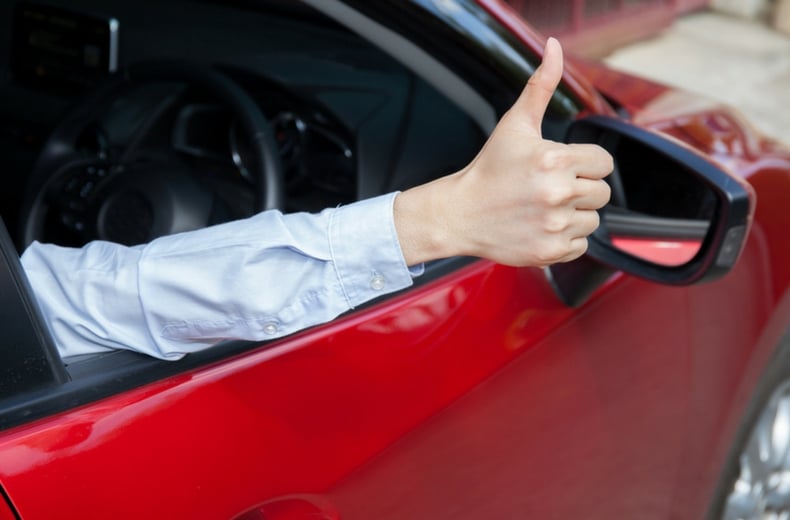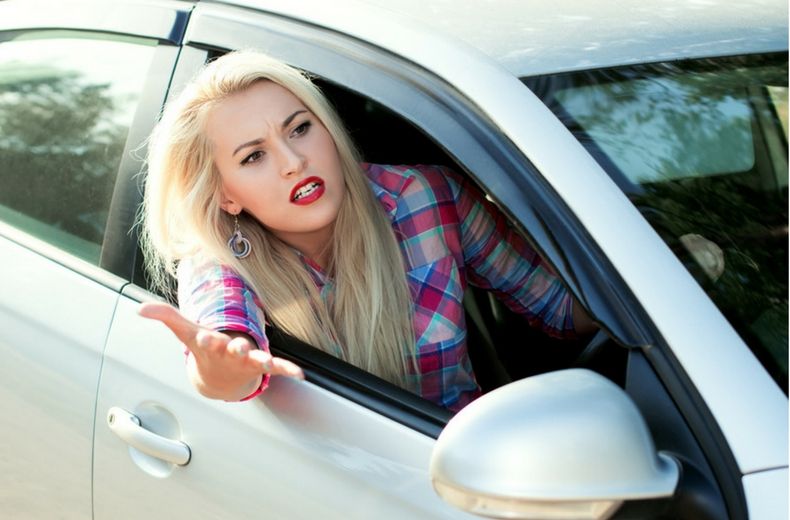You’re not alone, but that doesn’t necessarily make you right.
Indeed, many argue those ‘queue-jumpers’ are actually helping the flow of traffic by zip-merging, even if that might not be their intention. Read our latest driving advice guide today.
What is zip-merging?
Zip-merging originated from America as a traffic flow measure that drivers are supposed to adopt when a motorway lane or dual lane closes leaving only one lane available.
It is intended that drivers merge at the point of the lane closure instead of indicating early and merging as soon as possible.
Here's how it works:
- Drivers in the open lane continue to drive until they reach the point where the lane is closed.
- Once they reach that point, they merge one at a time with the traffic from the other lane, much like the teeth of a zipper coming together.
- The goal is to use both lanes fully until the merge point, rather than having one lane empty and the other congested, which helps reduce traffic build-up and improve the flow of traffic.
READ MORE: 13 driving myths uncovered
Should people zip merge?

The UK government seems to believe that it reduces road incidents, although this is a little grey.
See rule 134 of the Highway Code: “You should follow the signs and road markings and get into the lane as directed.
"In congested road conditions do not change lanes unnecessarily.
"Merging in turn is recommended but only if safe and appropriate when vehicles are travelling at a very low speed, e.g. when approaching road works or a road traffic incident. It is not recommended at high speed.”
What's the issue with zip merging?
When motorists encounter a lane closure on a motorway or dual carriageway, the majority of drivers follow the etiquette of moving over early, but this creates one long, slow line of traffic and a near-empty outside lane.
While motorists on the inside lane might think they’re doing the right thing, it can be more beneficial to continue using the open lane until the last minute, utilising all of the available road and then ‘merging in turn’ at the point at which the road narrows to a single lane.
However, many drivers find it annoying to watch fellow motorists using the outside lane as they sit stationary on the inside.
But if we remove good old-fashioned British queuing etiquette from the equation taking all emotion out of the scenario, the plain and simple fact is that two lanes of slow moving traffic are better than one.
So if cars use all of the space available to them on both lanes, it should result in the line of congestion disappearing, or at the very least reduced.
READ MORE: 10 driving offences you didn’t know were illegal
Conclusion
The crux of the issue comes down to education, or a lack of, about what is the correct driving practice.
If all drivers were taught the same, to use all of the space available on the road, then some drivers would no longer feel aggrieved when motorists try to cut in front of them, as indeed other drivers would no longer adopt a queue-jumping mentality in the first place.
A wider acceptance of zip-merging therefore requires a change in driving habits, and it could be argued this falls to the government to better highlight it, driving schools to teach more universally, more accurate signage along roads or all of the above.
Despite the studies, opinions still differ on zip-merging, please let us know in the comments what you think best practice should be and take our poll so we can find out what the majority thinks.
READ NEXT: 11 of the most annoying UK driving habits

SALE – up to 40% off*
Roadside & Recovery from £5.29 a month*
• Cheaper than AA Price Promise or we’ll beat by 20%^
• We get to most breakdowns in 60 mins or less
• Our patrols fix 4/5 breakdowns on the spot

Services we offer
- Breakdown Cover
- European Breakdown Cover
- Motorbike Breakdown Cover
- Electric Car Breakdown Cover
- Caravan, Motorhome and Campervan Breakdown Cover
- Business Breakdown Cover
- Van Breakdown Cover
- RAC Approved Garages
- Vehicle servicing
- Vehicle repair
- MOTs
- Mobile mechanics
- RAC Tyres
- RAC Approved Dealers
- RAC Shop
- myRAC app
















